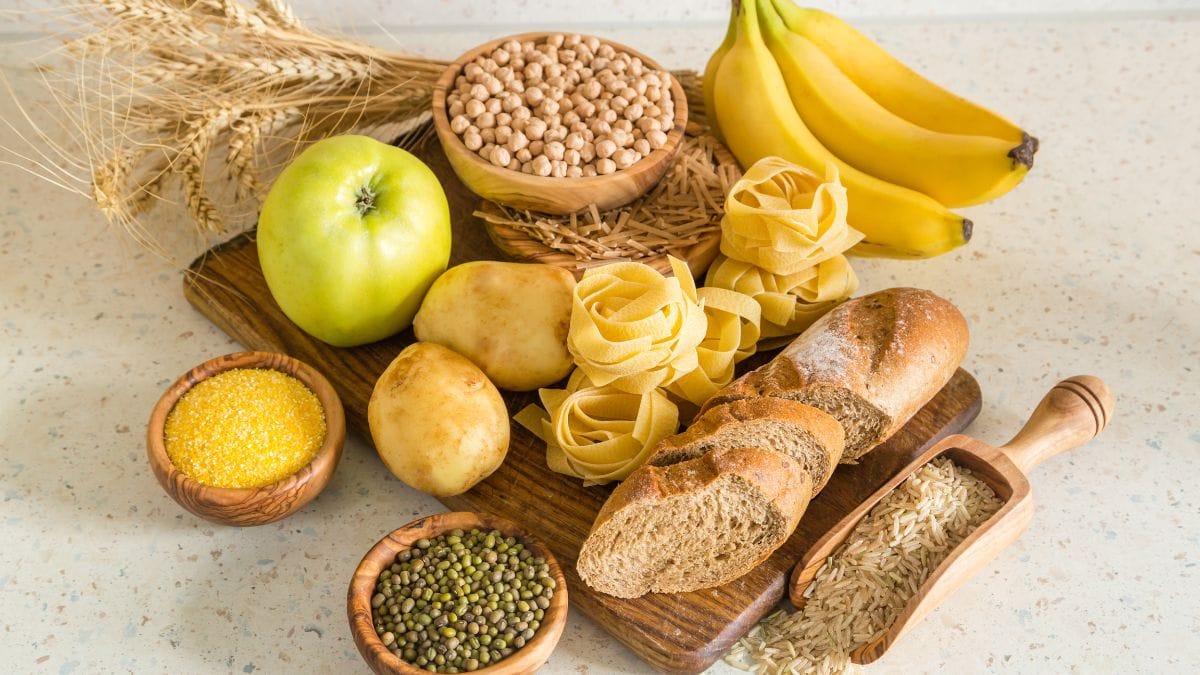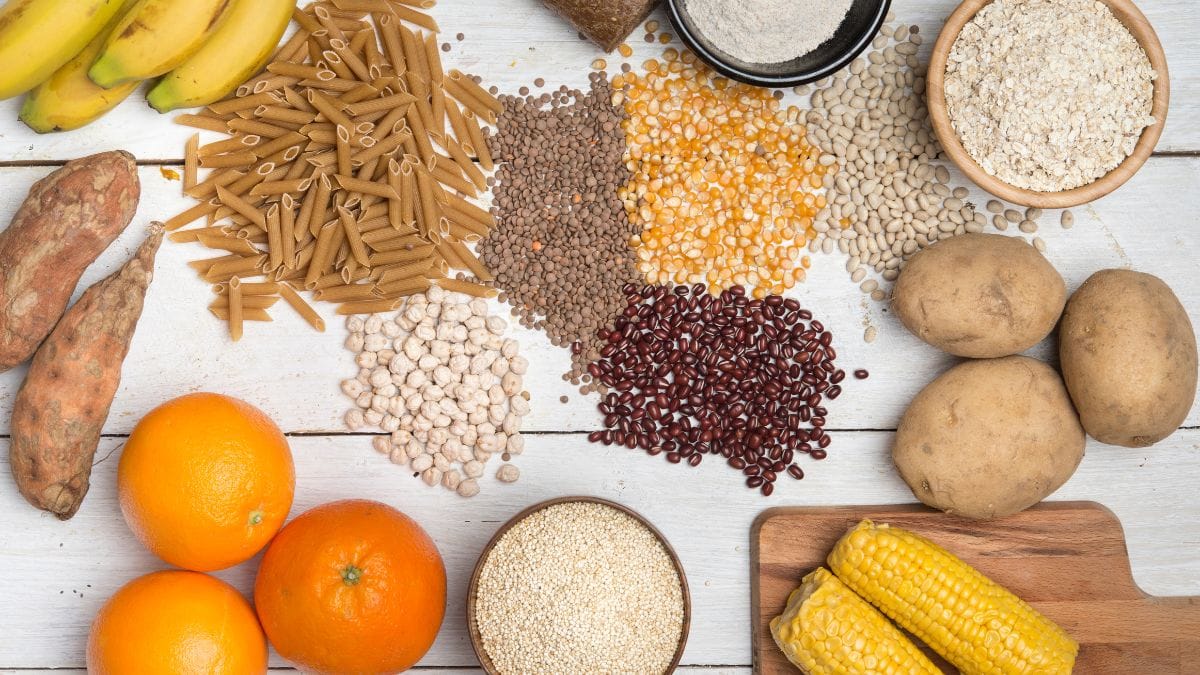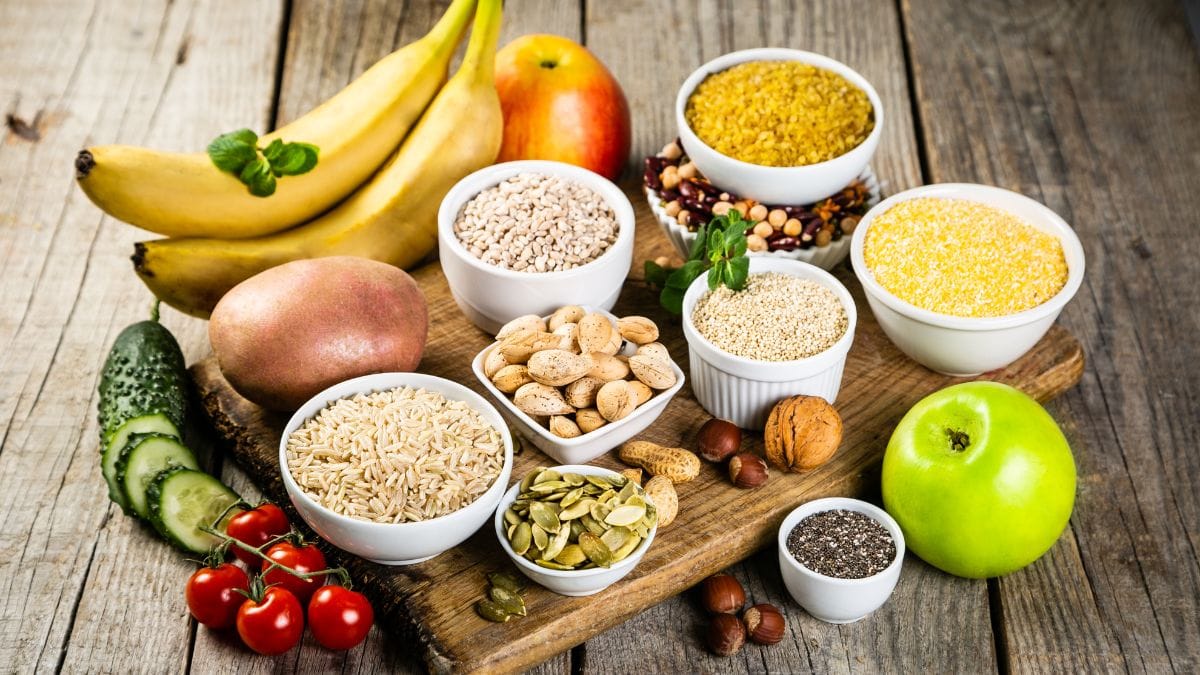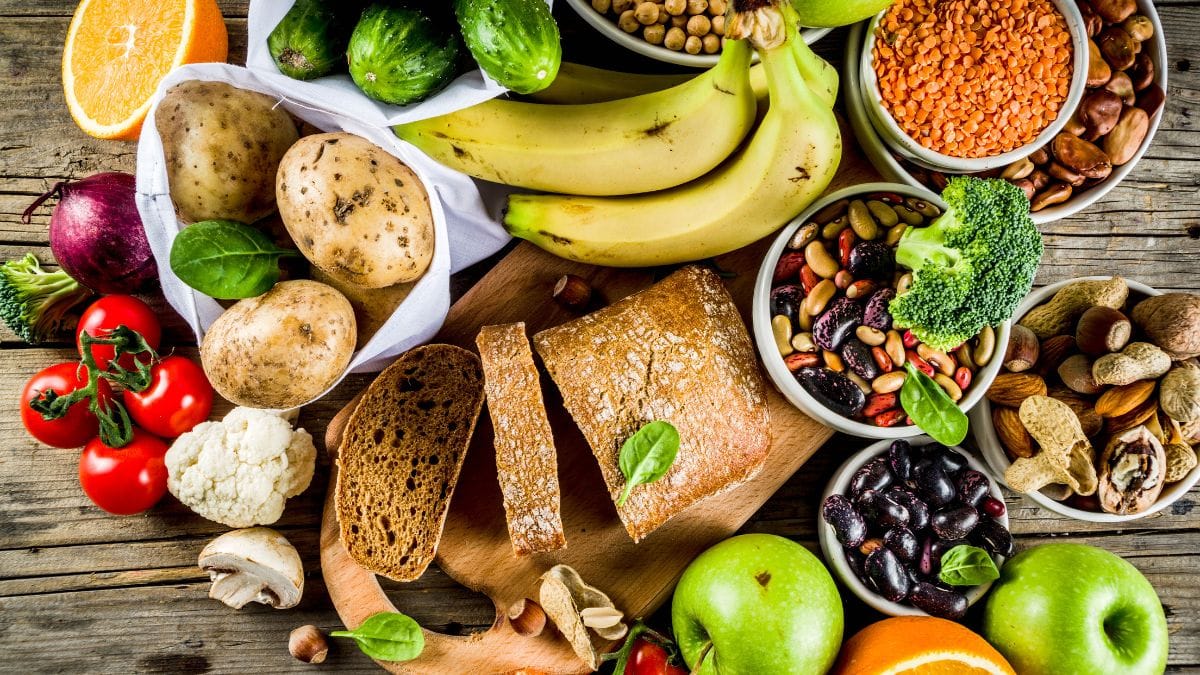Short Answer: Dragon fruit is slightly acidic to neutral with a pH level of 5.5 to 6.5. It has health benefits such as improving digestion, killing bacteria, and providing vitamin C, but also risks such as eroding tooth enamel, causing acid reflux, and increasing kidney stone risk, depending on how you eat and store it.
Dragon fruit is a type of fruit that grows in tropical and subtropical regions.
It has a bright pink or yellow skin with green scales and a white or red flesh with black seeds.
It is often used in salads, smoothies, desserts, and beverages.
The acidity or alkalinity of a food is measured by its pH level, which ranges from 0 to 14.
A pH of 7 is neutral, while a pH below 7 is acidic and a pH above 7 is alkaline.
The pH level of a food can affect its taste, shelf life, and health benefits.
Dragon fruit has a pH level of 5.5 to 6.5, which means it is slightly acidic to neutral.
This is because it contains citric acid, malic acid, and ascorbic acid, which are organic acids that contribute to the sour taste and antioxidant properties of the fruit.
Eating slightly acidic foods can have both positive and negative effects on your health.
On one hand, slightly acidic foods can help digestion, kill harmful bacteria, and provide vitamin C.
On the other hand, slightly acidic foods can erode tooth enamel, cause acid reflux, and lower the pH of your urine, which may increase the risk of kidney stones.
You can eat dragon fruit raw, cooked, dried, or preserved.
You can also make dragon fruit juice, jam, or wine.
However, you should be careful of potential hazards, such as allergies, pesticides, or spoilage.
You can store dragon fruit in a cool and dry place for 2-3 days or in a sealed plastic bag or container in the refrigerator for up to 2 weeks.
Do not store dragon fruit in a warm, moist, or open place or with other fruits that may affect its quality.
Finally, remember, dragon fruit is a delicious and nutritious fruit that can be enjoyed in moderation.
It has many health benefits, but also some risks, depending on how you eat and store it.



